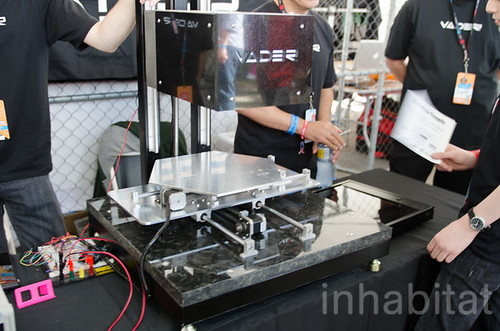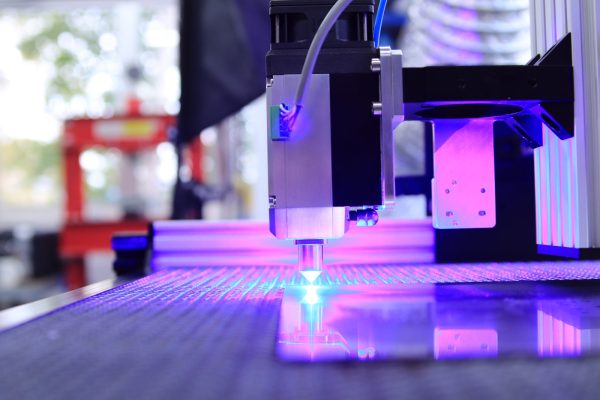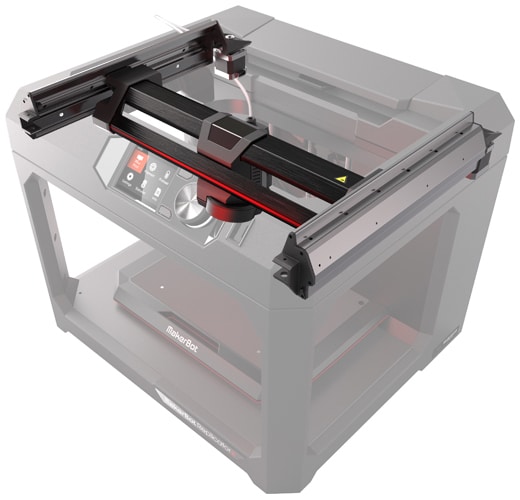
The concept of 3D printing, also known as additive manufacturing, has transformed various industries and has become an essential component of modern technology. This groundbreaking innovation, which originated in the 1980s, has evolved into a versatile and widely used tool for producing three-dimensional objects.
The history of 3D printing dates back to 1983 when Chuck Hull, an American engineer and the co-founder of 3D Systems, invented stereolithography, the first 3D printing technology. Stereolithography involves using ultraviolet lasers to solidify photopolymer resins layer by layer, ultimately creating a three-dimensional object. This began the additive manufacturing revolution and laid the groundwork for developing various 3D printing techniques.
Over the years, 3D printing technology has continued to advance, leading to the creation of new materials, improved precision, and faster production speeds. One of the key factors driving the evolution of 3D printing is its increasing accessibility to a broader audience, from hobbyists to large-scale industries. The development of more affordable desktop 3D printers has empowered individuals and businesses to bring their ideas to life without the need for extensive resources.
The applications of 3D printing are diverse and encompass fields such as aerospace, automotive, healthcare, and architecture. In the aerospace industry, 3D printing has enabled the production of lightweight and complex components, leading to significant advancements in aircraft design and performance. Similarly, the medical field has benefited from 3D printing through the creation of patient-specific implants, prosthetics, and anatomical models for surgical planning.
Looking ahead, the future of 3D printing holds great promise, with ongoing research focused on enhancing print speeds, expanding material capabilities, and exploring new frontiers such as bioprinting and construction. As technology continues to evolve, 3D printing is poised to play a pivotal role in shaping the way we design, manufacture, and innovate across various sectors.
In conclusion, the journey of 3D printing from its inception to its current state is a testament to the power of human ingenuity and technological advancement. The impact of 3D printing on industries and society at large is undeniable, and its ongoing evolution promises to unlock even greater possibilities in the years to come.
Related Articles
https://ultimaker.com/learn/the-complete-history-of-3d-printing/
https://www.asme.org/topics-resources/content/infographic-the-history-of-3d-printing
https://www.autodesk.com/design-make/articles/history-of-3d-printing
https://www.raise3d.com/blog/3d-printing-history/
Take Action





